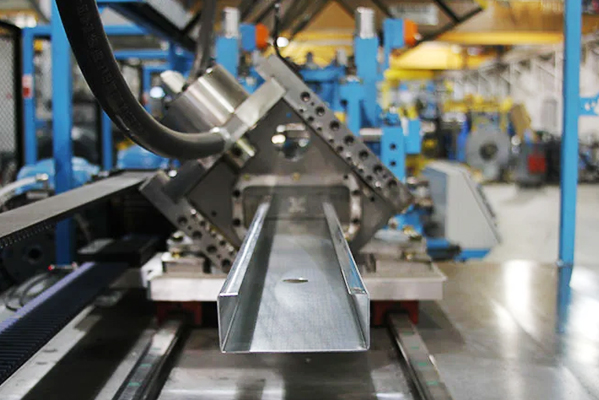Navigation Menu
Contact Us
- Email:
- info@wxavatar.com
- Address:
- Yurong Village, Yuqi Street, Huishan District, Wuxi, China.
Release Date:Apr 19, 2025 Visit:1 Source:Roll Forming Machine Factory
The slope of a steel truss is an important design parameter that affects its structural performance, aesthetics, and functionality. The slope refers to the angle or inclination of the top chord (rafter) relative to the horizontal plane, typically expressed as a ratio (e.g., 1:4), a percentage, or in degrees.

Factors Influencing Truss Slope
1.Structural Requirements – The slope helps distribute loads efficiently, influencing how forces are transferred to the supports. Steeper slopes may reduce snow accumulation, while shallower slopes are often used in large-span structures.
2.Roofing Material Compatibility – Certain roofing materials, such as metal panels or shingles, perform better with specific slope ranges. A minimum slope is often required to ensure proper water drainage.
3.Architectural Design – The slope contributes to the visual appearance of the structure. Some designs favor low-pitch trusses for a modern look, while others use steeper slopes for traditional or industrial aesthetics.
4.Functional Needs – In some cases, the slope accommodates additional features such as mezzanines, ventilation systems, or overhead clearance requirements.
Common Slope Ratios
Steel trusses are designed with varying slopes depending on their application:
Low-Slope Trusses (1:12 to 3:12) – Often used in commercial and industrial buildings.
Medium-Slope Trusses (4:12 to 6:12) – Common in warehouses and agricultural structures.
Steep-Slope Trusses (7:12 and above) – Typically found in architectural designs where aesthetics or snow shedding are priorities.

Conclusion
The slope of a steel truss is determined by structural, functional, and design considerations. Engineers and architects select the appropriate slope based on load requirements, material compatibility, and project specifications. Proper slope selection ensures stability, durability, and performance of the truss system.